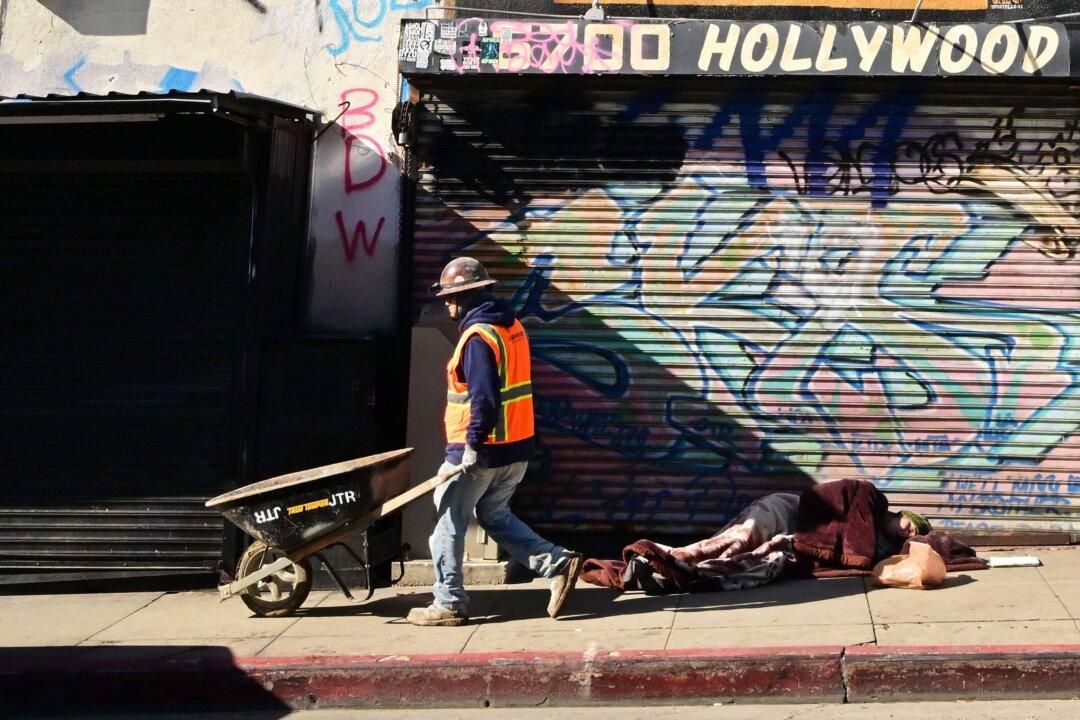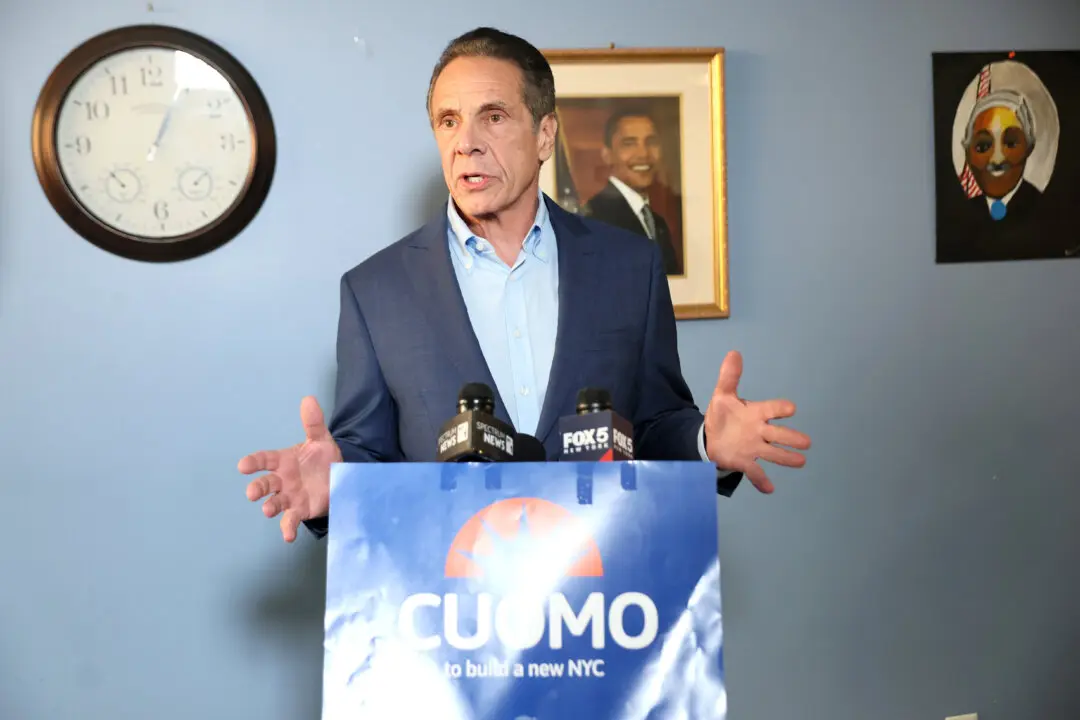California could face a sharp decline in job growth by the end of this year as the state grapples with a moderate recession, according to top economists at Chapman University.
In its latest bi-annual economic forecast released June 22, the school forecast job growth in the state to drop to 1.3 percent by December, compared to 5.6 percent last year.





